In today’s interconnected world, tracking apps have become indispensable in both our digital and physical realms. These tools, ranging from SharePoint usage tracking in the corporate sphere to GPS navigation in our daily lives, are more than just conveniences; they are vital instruments that guide our interactions and decision-making processes. Let’s explore how these diverse tracking applications, though seemingly different, are interconnected in enhancing efficiency and productivity.
SharePoint Usage Tracking: Streamlining Digital Workspaces
In the realm of business, SharePoint tracking apps are essential. They provide insights into how employees interact with SharePoint, Microsoft’s collaborative platform, allowing for optimization and better resource allocation.
Why it matters:
- Improved Collaboration: By understanding how teams use SharePoint, businesses can tailor the platform to better meet their needs.
- Data-Driven Decisions: Usage statistics help in making informed decisions about training, development, and IT resource allocation.
- Enhanced Security: Regular monitoring of user activity can help in safeguarding sensitive information.
GPS Tracking: Mastering Physical Navigation
Moving from the digital landscape to the physical, GPS tracking apps have transformed how we navigate our world. These apps such as Workyard, make travel more efficient, track physical activities for health and fitness, and enable precise asset monitoring.
The Everyday Impact:
- Efficient Travel: Real-time traffic data and route planning save time and reduce stress.
- Health and Fitness Tracking: For those who jog or cycle, GPS apps offer valuable data on performance and progress.
- Asset Management: GPS technology helps businesses keep track of their logistics, improving overall operational efficiency.
Bridging the Gap: The Synergy of Digital and Physical Tracking
The true power of tracking apps lies in their ability to bridge the digital and physical worlds. For instance, insights from SharePoint can influence workplace strategies, while GPS data can tailor these strategies to individual commuting patterns or work locations.
Looking Ahead:
- Integrated Experiences: As we move towards a more connected world, the integration of different tracking systems promises a seamless experience between our digital and physical lives.
- Balancing Privacy and Utility: As tracking technologies evolve, maintaining a balance between user privacy and the utility of data will be crucial.
- Adaptive Environments: Tracking technologies have the potential to create adaptive work environments and smarter cities that respond in real time to human behavior and needs.
Conclusion
Tracking apps, from SharePoint usage to Employee GPS tracking apps, play a pivotal role in modern life. They help us navigate the complexities of both our digital workspaces and our physical world. As these technologies continue to evolve, they promise to bring about more integrated, efficient, and responsive experiences, fundamentally changing how we interact with the world around us. The key to unlocking their full potential lies in understanding and leveraging their interconnectedness.



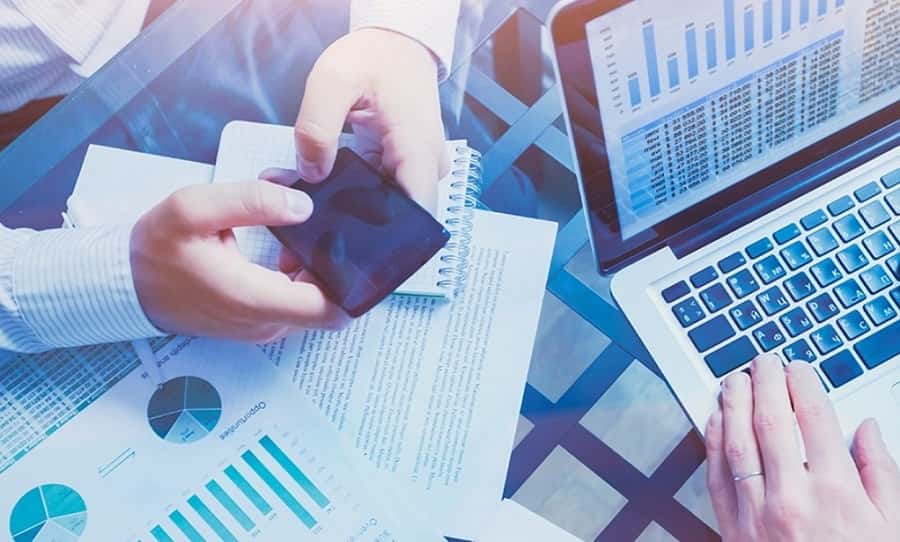
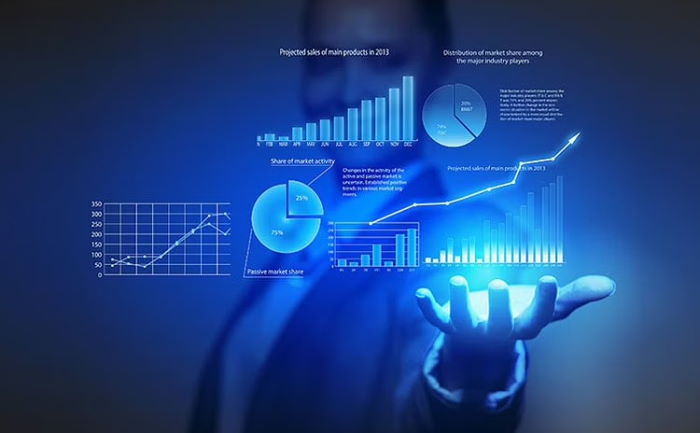
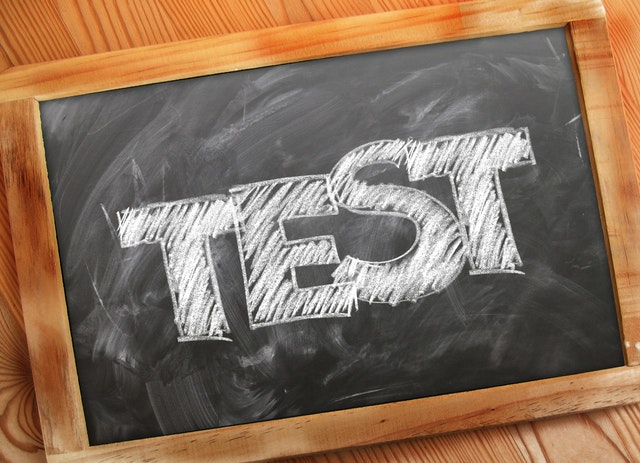
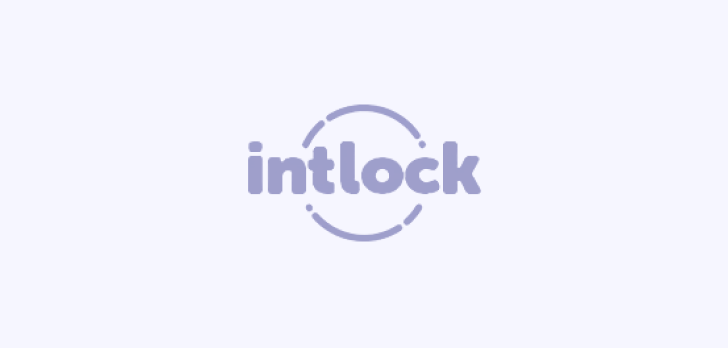
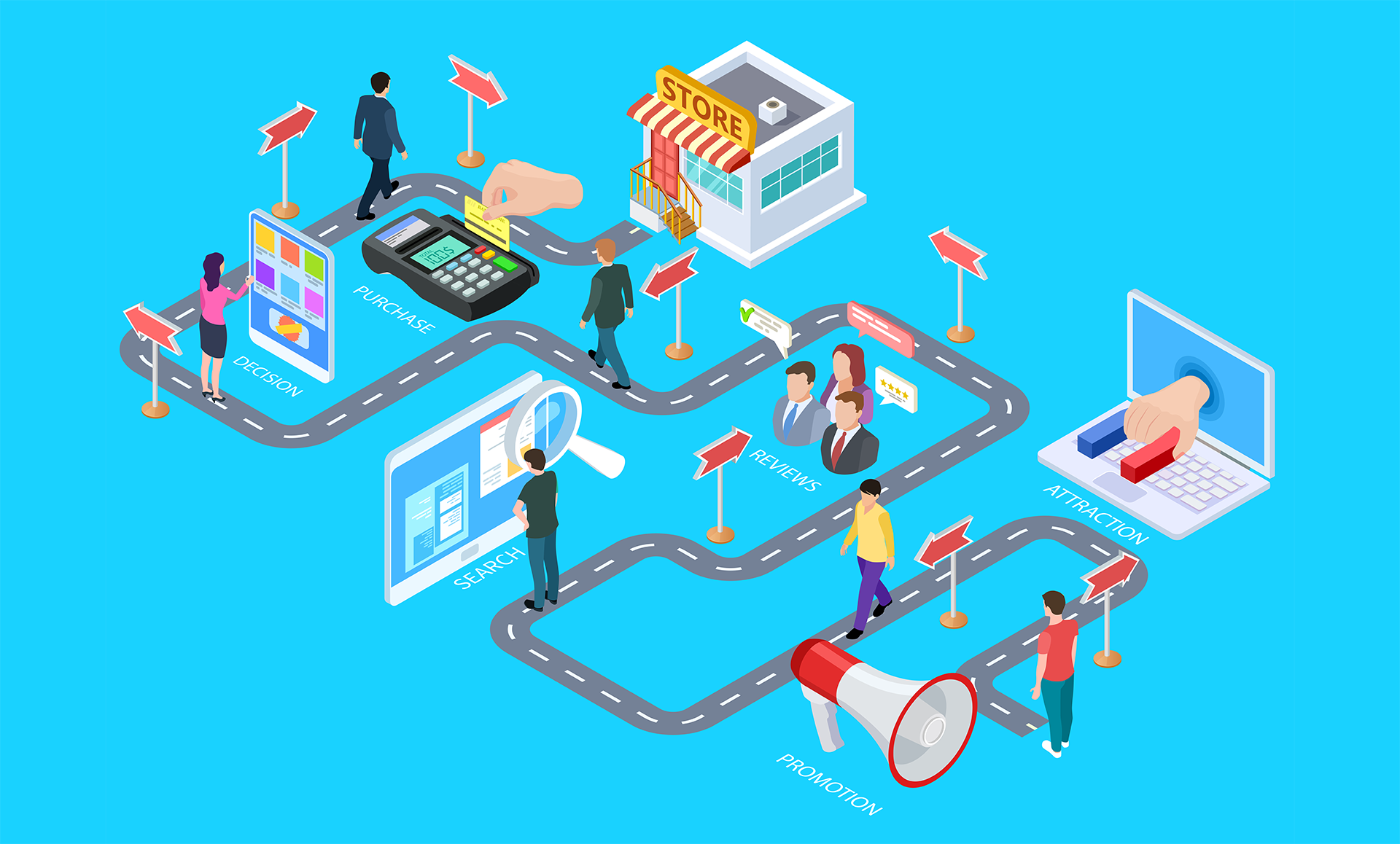

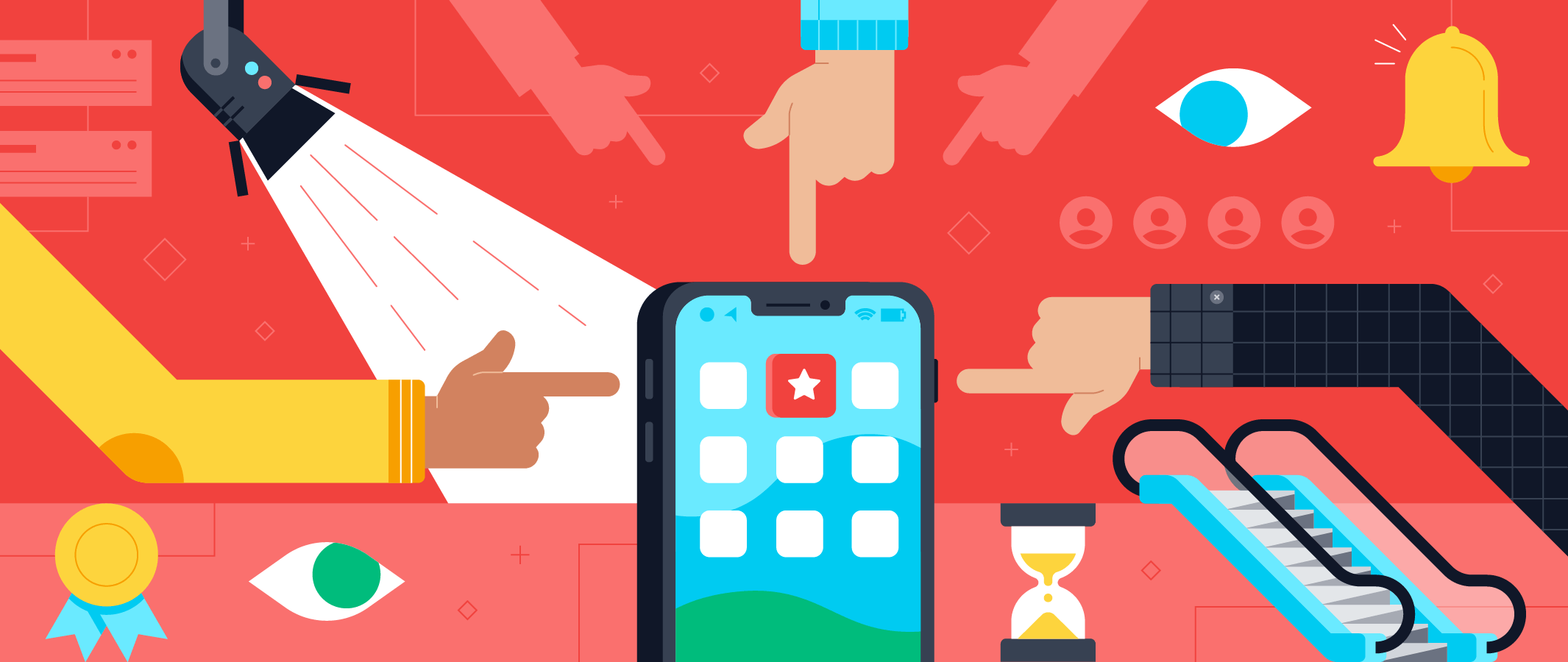

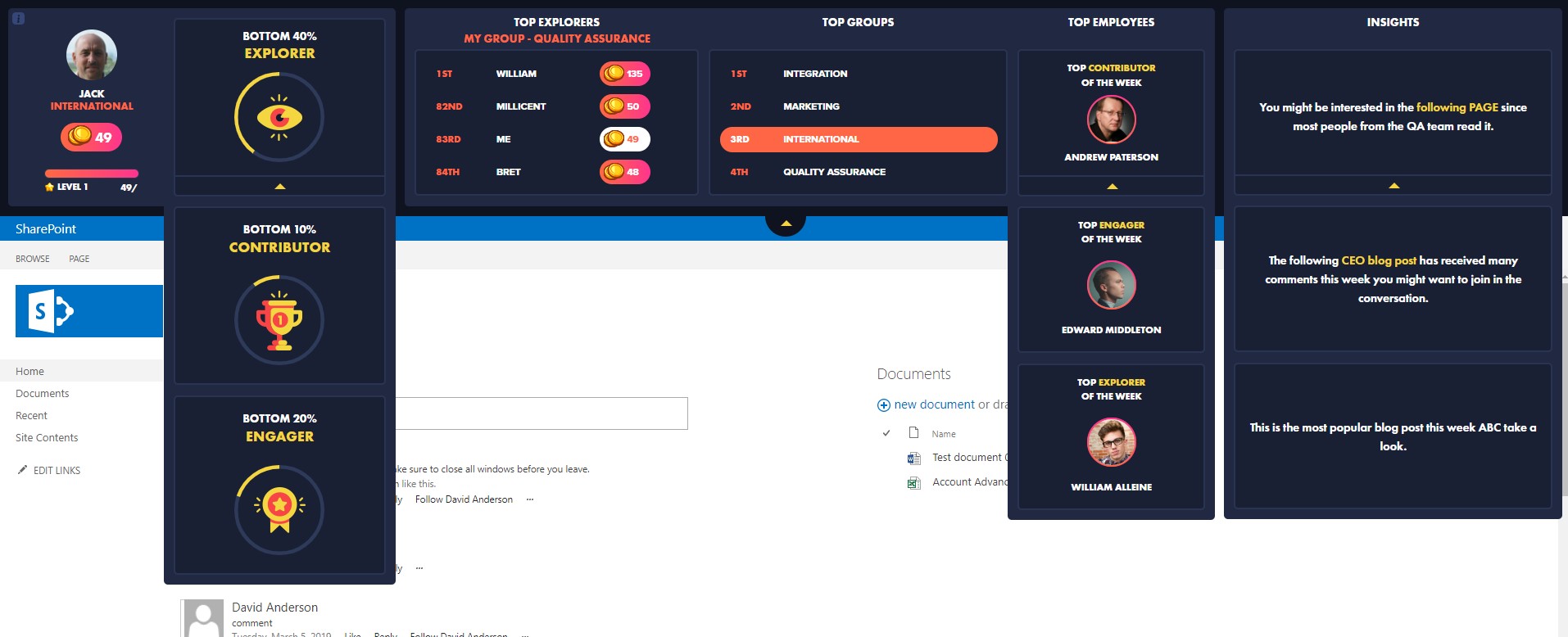

 Follow @cardiolog
Follow @cardiolog 